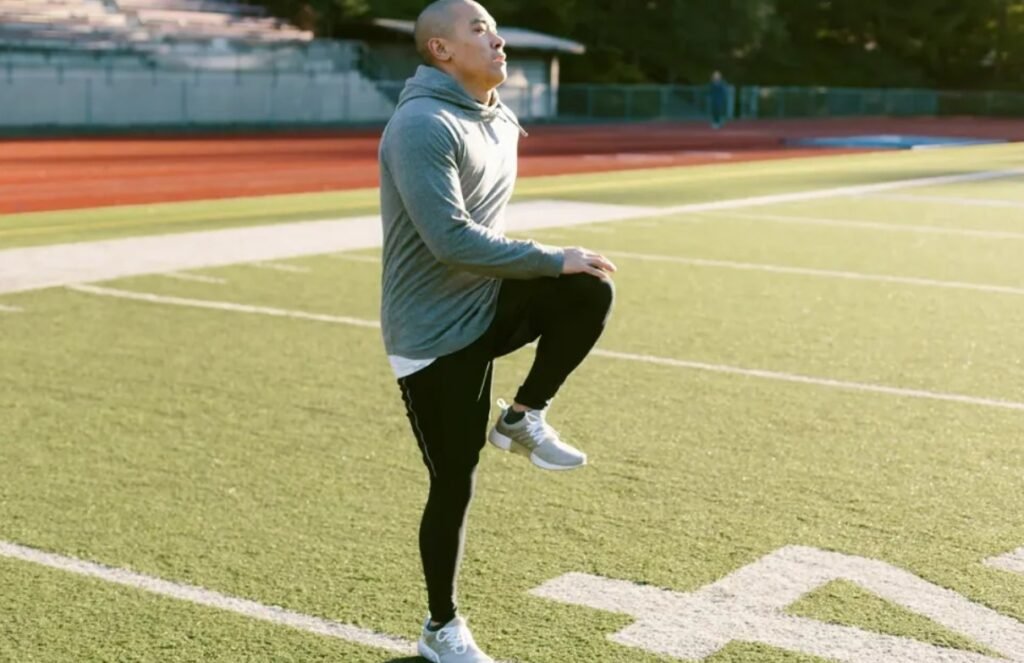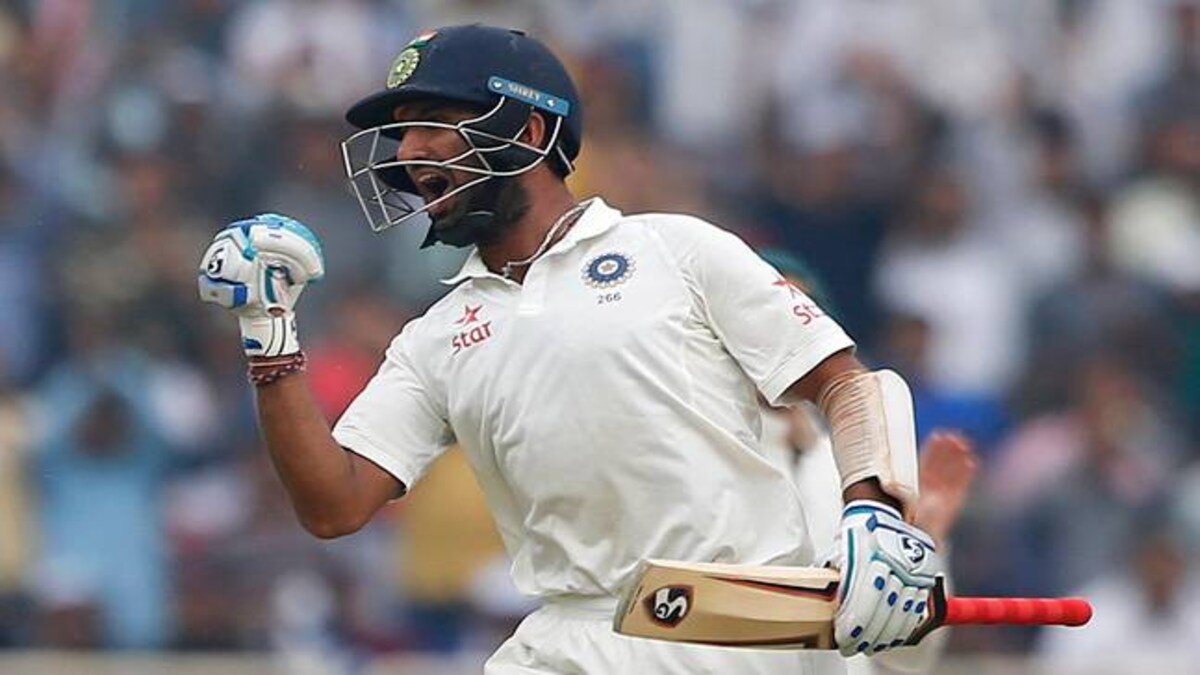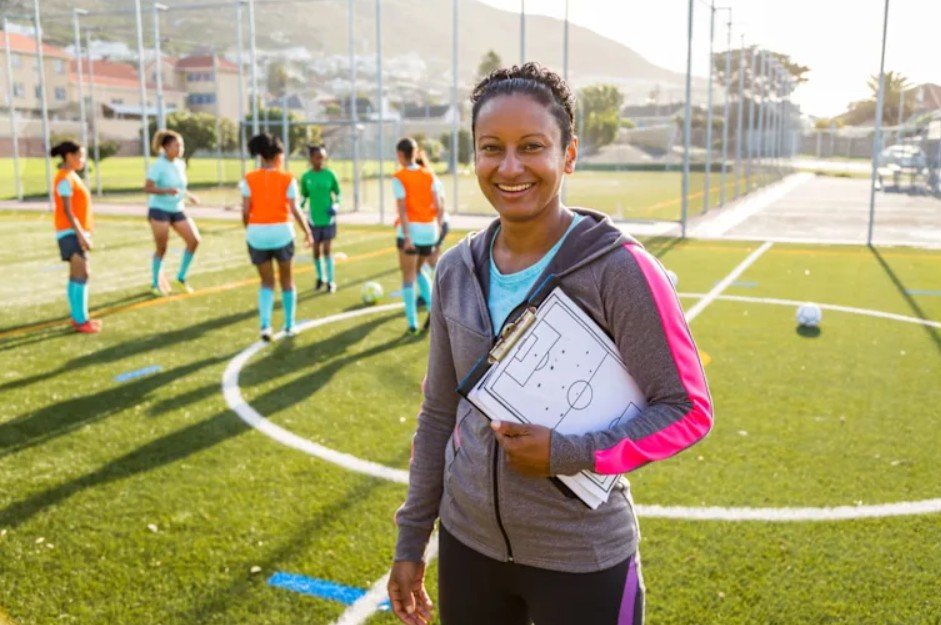How to Increase Your Sprint Speed for Football Matches
Regardless of the sport, speed is a skill that gives advantage to any athlete possessing this trait. In sports such as football, athletics and even cricket, being fast can make all the difference, even if the athlete isn’t highly skilled. It gives you advantage when you are sprinting to tracking back to stop an opponent from scoring or making a killer pass, or chasing down the ball reaching the boundary rope during a cricket match, or competing in a 100-m or 200-m dash. Speed is definitely something that can make or break your performance on the field.
How to Increase Your Sprint Speed for Football Matches
Like any other skill, speed can be developed over time. But it requires discipline, mix of proper technique, training, and consistent practice.
1. Understand the Importance of Sprint Speed in Football
Before diving into how to increase sprint speed, it’s important to understand the importance of being fast. Athlete should see speed as a skill, as a unique trait that can set him apart from his opponents. But sprinting is not just about being fast, it’s about being effective. In a football match, footballers don’t run at their full speed for the full 90 mins. In fact, it’s impossible. They sprint in short bursts, each lasting for a few seconds. But these short bursts makes all the difference. It can help:
- Beating defenders.
- Creating space for yourself or teammates.
- Pressing opponents effectively.
- Recovering quickly during transitions.
Also Read: 5 Drills to Improve Your Ball Control Like a Pro
2. Perfect Your Sprinting Technique
Sprinting also requires proper technique. Even the slightest flaw in the technique can decrease the speed by a few seconds. And at the very top level, even one second, can feel like a huge difference. Here are some key factors that can affect sprinting in a positive or a negative way:
- Start Position: Your start position is critical when it comes to running at the top speed. Always practice explosive starts with a low, forward-leaning posture.
- Arms Position: The movement of arms play a significant role in sprinting. Arms should always move in sync with your legs, with a 90-degree bend at the elbow. Also, keep in mind that the speed at which you move your arms backward and forward can help generate power and momentum.
- Stride Length and Frequency: While running, you should focus on optimal stride length that doesn’t overreach. Overstriding can slow you down.
- Posture: Always maintain a slight forward posture. It helps in quick turnover and gaining momentum.
- Foot Contact: Foot contact is another important aspect in sprinting. Always try to land on the balls of your feet, area between arch and toes.

Drills to improve Running Technique
- A-skips and B-skips: Focuses on up and down motion and cycling motion.
- Hop on high knees: Stand on your toes, pulling knees as high as possible.
3. Plyometric Exercises
Plyometric Exercises are a great tool to develop explosive power. In fact, these exercises require high and can play a big role in enhancing the speed. Here are some Plyometric Exercises that athletes can include in their training routine.
- Box Jumps: Jump onto a box or an elevated platform. It targets lower-body explosiveness.
- Bounding: Stand and raise one foot off ground with the knee extended forward. It helps to improve stride power and length.
- Depth Jumps: Jump down from a box and immediately jump upwards upon hitting the ground.
- Lateral Bounds: Do lateral movements, jump from side-to-side. Helps develop explosive power.
4. Strengthening
Strength training involves using weight or any kind of resistance. They are many form of exercises which can be done to target specific muscles.
- Hamstrings: Hamstrings plays important role during walking, running and bending knees. pulling your leg back during each stride. Exercises to strengthen hamstrings are deadlifts, leg curl, kettlebell swing, leg extension and hamstring bridges.
- Quadriceps: Crucial for strong knee, hip joints and thigh muscles . Exercises to build quadriceps are squats, lunges, and Bulgarian split squats.
- Glutes: Plays important role in upper body movement. Helps in locomotion, power and stability. Some of the exercises for glutes are hip thrusts, glute bridges, split squats, lunges, glute kickback, Romanian deadlift, step-up and many more.
- Calves: Plays important role in gaining explosive power during sprinting. Some of the exercises to build calves are standing calf raises and seated calf raises.
- Core: A strong core helps in many ways one could imagine. Nutrition is important but some exercise such as planks, Russian twists, and hanging leg raises helps build strong core.
Related Want Explosive Speed? These 3 Drills Are Game-Changers!
5. Sprint Drills
In order to gain speed, you have to make your body used to running at high speed. Here are some sprinting drills that can help gain speed.
- Hill Sprints: Requires stamina and strength, both in upper body and calves. This exercise requires running uphill, but try to do this at your maximum speed.
- Resisted Sprints: Using resistance can reap high rewards. So try to wear resistance bands or weighted sleds, wearing around ankles. It can help you generate more power as you try to accelerate under load.
- Stop-Start Drills: Run at your maximum speed and then stop quickly. Repeat the drill again. This exercise helps you strengthens your quads and improves lateral movement.
- Flying Sprints: Start running, build speed gradually over 20-30 meters. After that, gain speed, sprinting at the maximum speed over the next 30-40 meters.
- Interval Sprints: This drill helps in mimicking the actual game situations. All you need to do is to jog for a few meters, and then start sprinting for the next few meters. Then stop and jog again and repeat the drill again.
- Sprint Starts: Stand and start sprinting suddenly. Do it in all the directions, use lateral movements.
- Reaction Drills: Use a whistle, clap, or some other forms of cue to start your sprints. This helps in improving reaction time.
8. Nutrition and Recovery
Exercises are crucial to gain skill such as sprinting, but nutrition and recovery also play an important role. What you eat plays a significant role in your performance.
- Carbohydrates: Provide the primary source of energy. Include whole grains, fruits, and vegetables in your diet.
- Protein: Supports muscle repair and growth. Incorporate lean meats, fish, eggs, and plant-based proteins.
- Healthy Fats: Essential for energy and recovery. Opt for nuts, seeds, avocados, and olive oil.
- Hydration: Dehydration can impair performance. Drink water throughout the day, and consider electrolyte drinks during intense sessions.
10. Track Your Progress
Irrespective of the field, it’s crucial to track your progress. It can identify areas for improvement. You can use tools like GPS trackers or fitness apps to measure your progress.
- Track time you are taking to cover distance such as 20 m, 30 m, 40 m, or 100 m.
- Always write down your top speed and try to beat it.
- Also keep a tab on your acceleration, from standing position or when you are jogging.
Conclusion
Top athletes see speed as another skill-set. Gaining and developing this skill requires training and consistency. But remember, that building explosive power depends on other factors such as sleep, recovery and nutrition. Sprinting is more than just running fast, it’s about being ready to give your 100% and take better decisions in a game.
Follow us on Facebook, Instagram and LinkedIn.
Share this content:




Post Comment